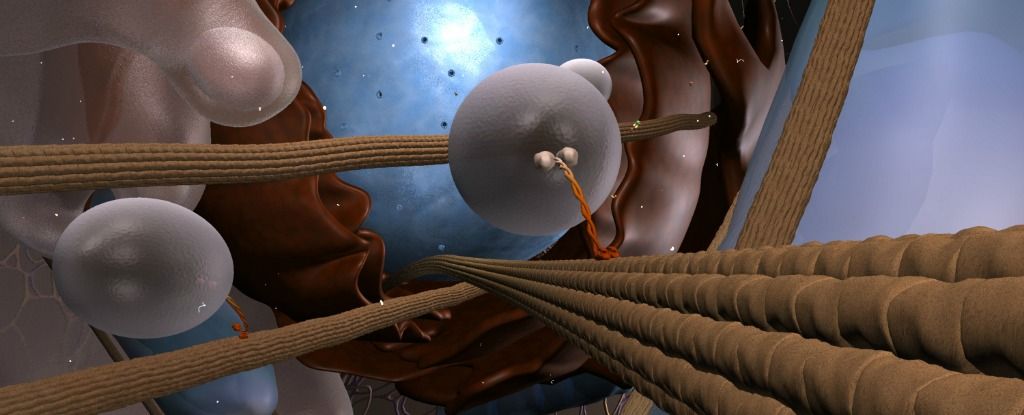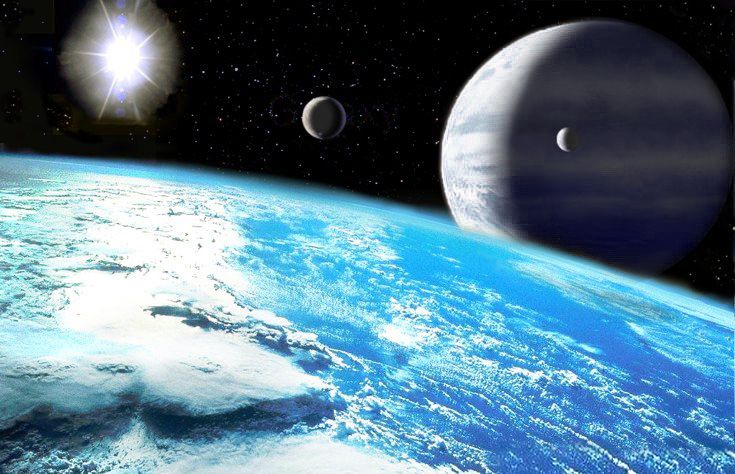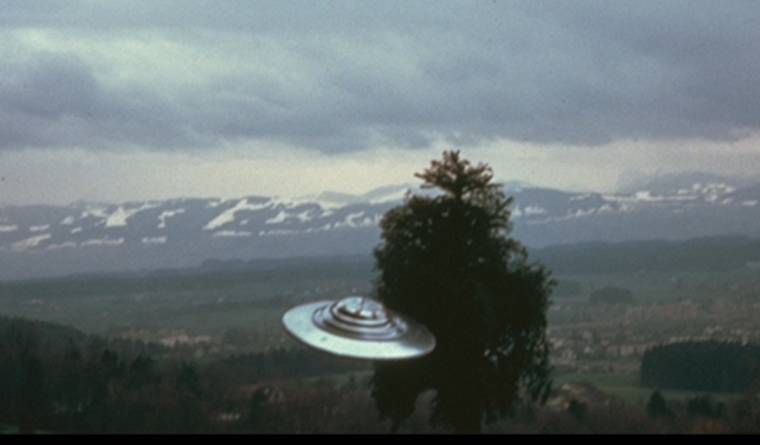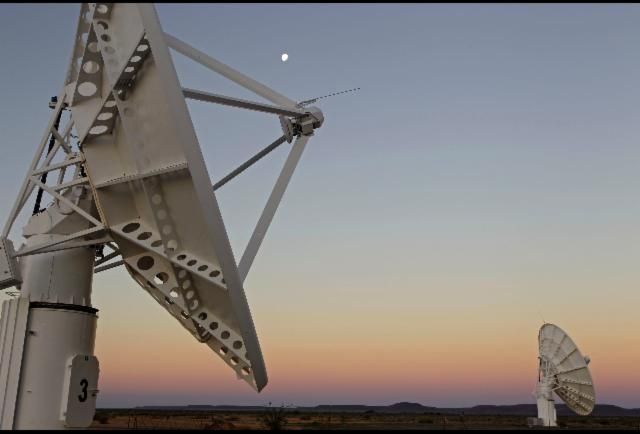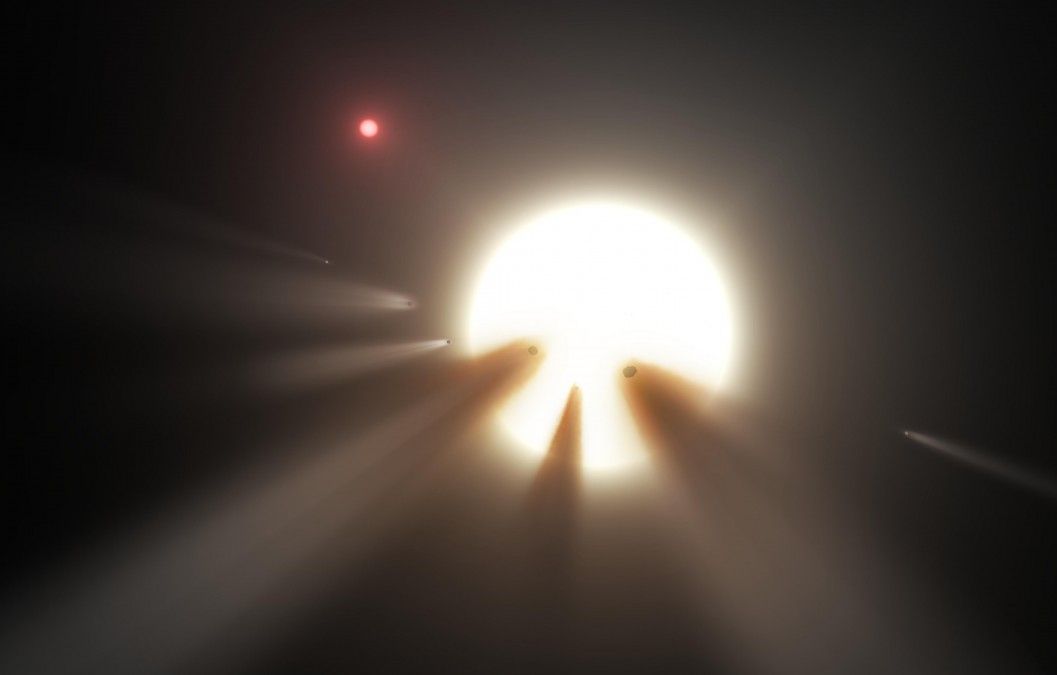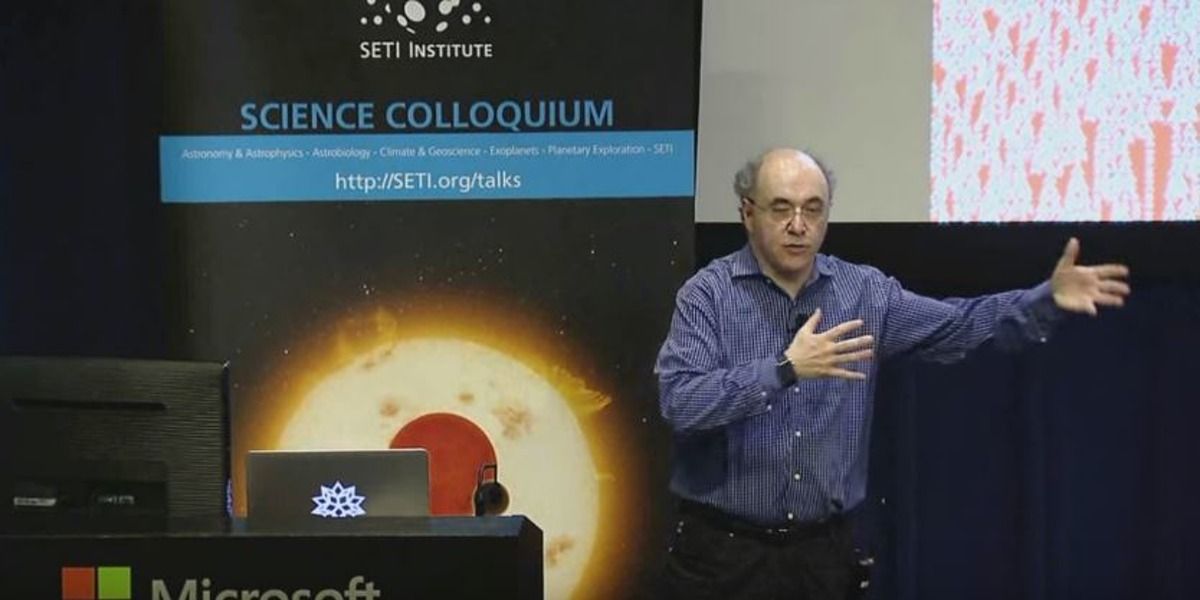As the third most abundant element in the universe, oxygen is both abundant and the best element in the periodic table from which to produce energy for metabolism. That’s one reason planetary scientist David Catling argues that E.T. would also breathe oxygen; as noted in this article blast from the past.
What are the odds that visiting space aliens could simply walk off their craft and start breathing our own oxygen-rich atmosphere?
Better than is generally appreciated; even among some astrobiologists.
Such other-worldly “visitors” may not be able to click off the first leg of the New York Marathon, but David Catling, a planetary scientist at the University of Washington in Seattle, argues that it’s likely they would have evolved to use molecular oxygen (O2) for respiratory metabolism.

